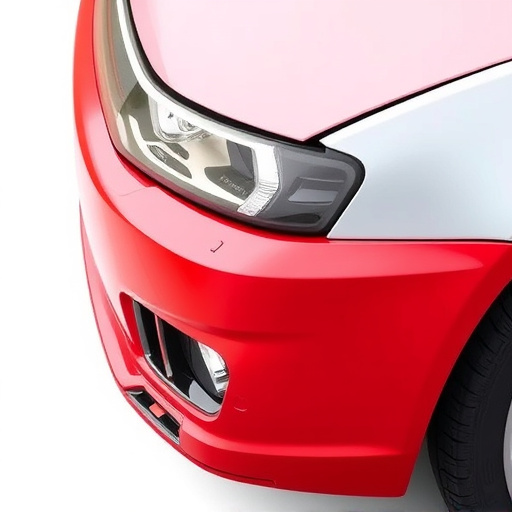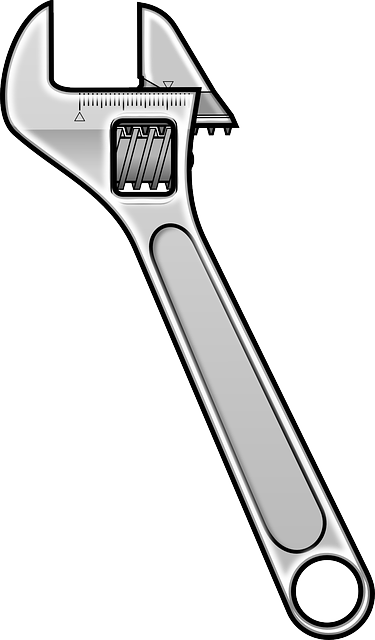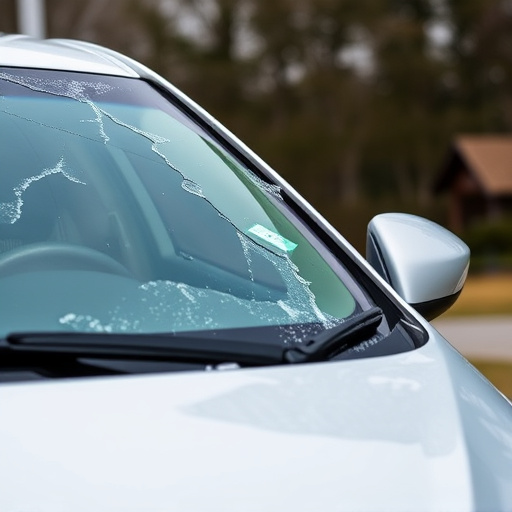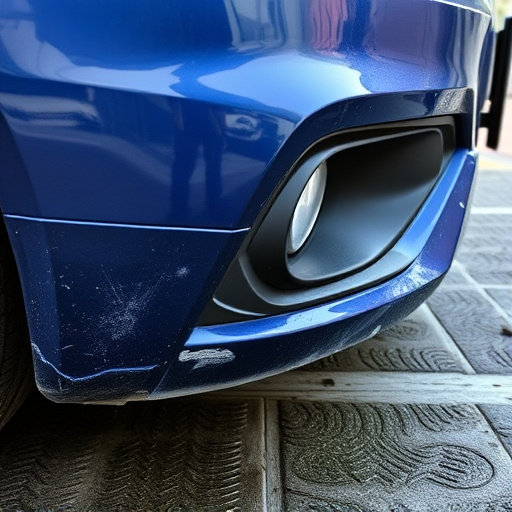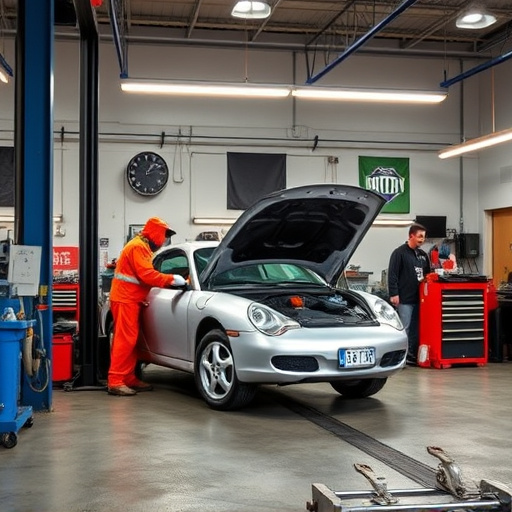Eco-friendly collision repair is a growing trend in the automotive industry, driven by consumer demand and regulatory pressures. By using sustainable materials, energy-efficient processes, and responsible waste management, auto repair shops can minimize their environmental impact while offering fleet repair services that reduce carbon footprints. These practices include biodegradable parts, water-based painting, and energy-saving technologies, enhancing facilities' reputations as responsible corporate citizens. The supply chain is key to sustainability, with efficient transportation, green technologies, and strategic inventory control reducing carbon emissions and promoting recyclability. Strategic partnerships with suppliers offering recycled parts and logistics optimization further strengthen these eco-friendly practices, attracting environmentally conscious customers.
In today’s environmentally conscious world, the automotive industry is undergoing a green revolution. This article explores the integral role of supply chain management in promoting sustainable practices within the eco-friendly collision repair sector. We delve into the fundamentals of eco-friendly collision repair and examine how efficient supply chains can drive ecological change. From sourcing green parts to optimizing logistics, discover best practices that ensure both environmental stewardship and operational excellence in this evolving landscape.
- Understanding Eco-Friendly Collision Repair Basics
- The Supply Chain's Impact on Sustainability in Repair
- Best Practices for Green Parts Acquisition and Logistics
Understanding Eco-Friendly Collision Repair Basics

Eco-friendly collision repair is a growing movement within the automotive industry focused on minimizing the environmental impact of vehicle damage and restoration. Unlike traditional auto repair shop practices, eco-conscious approaches prioritize sustainable materials, energy-efficient processes, and responsible waste management. This shift reflects a broader trend in the automotive collision repair sector to adopt more environmentally friendly practices, driven by consumer demand for green alternatives and regulatory pressures.
By embracing eco-friendly methods, collision repair facilities can offer fleet repair services that reduce the carbon footprint associated with vehicle accidents. These practices include using biodegradable or recycled materials for parts replacement, implementing water-based painting techniques to cut down on solvent usage, and adopting energy-saving technologies in their operations. Such initiatives not only contribute to a greener planet but also enhance the image of auto repair shops as responsible corporate citizens.
The Supply Chain's Impact on Sustainability in Repair

The supply chain plays a pivotal role in shaping the sustainability practices within the eco-friendly collision repair industry. Every component and process along this network contributes to the overall environmental impact, either positively or negatively. For instance, sourcing sustainable materials for car paint repair and ensuring their efficient transportation can significantly reduce carbon emissions. Similarly, adopting green technologies and eco-conscious methods in autobody repairs not only minimizes waste but also promotes the use of recyclable materials.
Efficient supply chain management enables car body shops to streamline inventory control, reduce overproduction, and minimize scrap generation. By implementing these practices, collision repair facilities can move towards a circular economy model, where resources are reused and recycled. This, in turn, fosters a more sustainable approach to auto body repairs, aligning with the growing demand for eco-friendly collision repair services.
Best Practices for Green Parts Acquisition and Logistics

In the realm of eco-friendly collision repair, adopting best practices for green parts acquisition and logistics is a game-changer. Auto collision centers should focus on sourcing recycled and sustainably manufactured replacement parts to minimize environmental impact. This involves establishing partnerships with reputable suppliers who prioritize eco-conscious production methods. By choosing parts made from recycled materials or those that meet specific sustainability standards, these centers contribute to reducing waste and conserving resources, making them stand out as leaders in the industry.
Logistics play a crucial role in this process, ensuring that green parts reach the auto collision center efficiently without causing further environmental strain. This includes optimizing delivery routes to minimize carbon emissions and exploring eco-friendly packaging options for transportation. Implementing these practices not only supports the overall goal of sustainable eco-friendly collision repair but also fosters a positive public image, attracting environmentally conscious customers seeking services like bumper repair or vehicle dent repair.
Supply Chain Management plays a pivotal role in the success of eco-friendly collision repair initiatives. By adopting best practices for green parts acquisition, efficient logistics, and prioritizing sustainability throughout the supply chain, collision centers can significantly reduce their environmental impact while promoting a more sustainable future for the automotive industry. Embracing these strategies is not only beneficial for the environment but also enhances operational efficiency and fosters public trust in eco-friendly practices.

